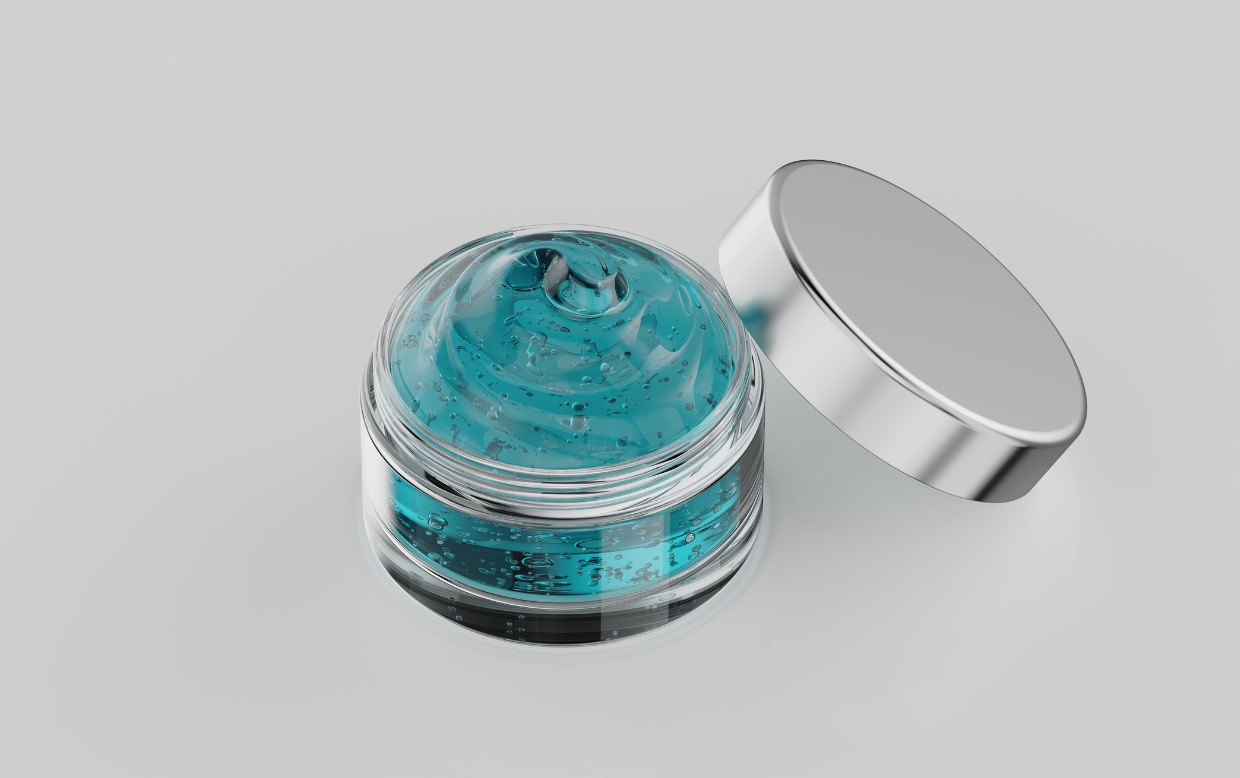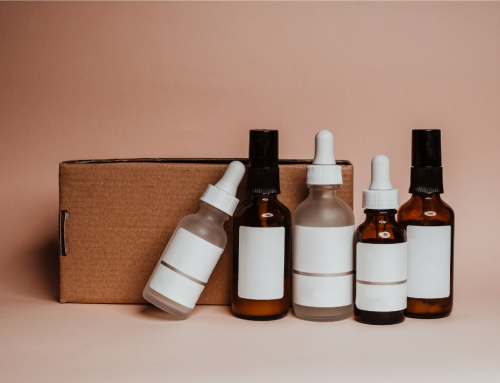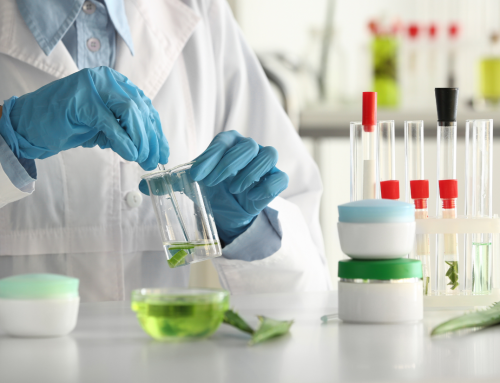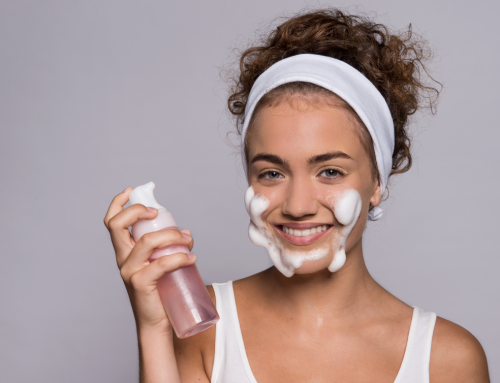How to Launch Your Cosmetic Brand Without Legal Errors: Steps to Ensure Compliance
Introduction
Regulatory compliance isn’t an afterthought in developing a cosmetic brand: it’s a central pillar from day one. Designing a product without considering the legal requirements of the target market can turn a great idea into an unfeasible project. Today, health authorities, distributors, sales platforms, and consumers themselves demand transparency, traceability, and verifiable compliance in everything they buy or sell.
In this scenario, launching a business without clear guidance on applicable regulations can lead to serious consequences: from customs shipment detention to financial penalties, marketplace blocks, or the obligation to reformulate and relaunch products. That’s why more and more emerging brands, distributors, and entrepreneurs are turning to OEM/ODM laboratories with international experience, capable of ensuring that products not only comply but are ready to scale.
Regulatory compliance also represents a strategic advantage. It’s not just about avoiding problems, but about increasing credibility, facilitating expansion, and improving competitiveness. A properly documented product with safety tests, validated claims, and compliant labeling is more likely to be accepted in retail, exported without friction, and valued by consumers.
At MS Cosmetics Lab, we support each client from brief to shelf placement, including technical documentation, necessary testing, and regulatory notifications. Our experience in markets such as the European Union, United Kingdom, and Middle East allows us to anticipate requirements and design products ready to compete with confidence.
If you’re about to launch your brand or expand into new markets, this guide will provide you with key legal fundamentals to make informed decisions and focus on what really matters: growing your business with security, technical support, and international vision.
Key Regulations by Target Market
European Union: Regulation (EC) No. 1223/2009
The EU is one of the strictest markets in terms of cosmetic regulation. Any brand wanting to sell in this region must comply with:
-
Designation of a “Responsible Person” based in the EU who assumes legal responsibility for the product.
-
Mandatory notification to the Cosmetic Products Notification Portal (CPNP) before marketing.
-
Preparation of the Product Information File (PIF) with all technical and safety documentation for the product.
-
Review of labeling according to language, pictograms, and mandatory elements (PAO, batch, INCI, manufacturer).
United Kingdom: Post-Brexit Changes
Since leaving the EU, the UK applies an independent system:
-
Product registration through the Submit Cosmetic Product Notification (SCPN) portal.
-
Appointment of a UK Responsible Person, separate from the EU designee.
-
Requirement to have a PIF physically stored in the United Kingdom.
-
Labeling compliance with local requirements, including the UK address of the responsible person.
Middle East (GCC): GSO 1943/2016 and Regional Adaptations
Gulf countries (Emirates, Saudi Arabia, Qatar, etc.) follow GSO regulations, but each country may add its own requirements. Key aspects include:
-
Compliance with GSO 1943/2016 standard for cosmetics and personal care.
-
Mandatory bilingual labeling (Arabic and English).
-
Halal certifications where religious market requirements apply.
-
Safety Data Sheets (MSDS), microbiological testing, and customs-approved legal documentation.
Essential Documentation Required from a Cosmetic Laboratory
A cosmetic brand cannot legally operate or scale commercially without proper technical and regulatory documentation. This set of files is not just a bureaucratic requirement: it is the foundation that supports the product’s legality, safety, and traceability. For entrepreneurs and distributors looking to expand in regulated markets, working with a laboratory that masters these requirements is a strategic choice, not an option.
What does the Product Information File (PIF) contain?
The PIF is mandatory for all cosmetics marketed in the European Union and the United Kingdom. It is a technical file that must be available upon request from health authorities. This file must be maintained for a minimum of 10 years after the last manufacture date and must be physically stored in the country where the product is sold.
Its contents include:
-
Product technical data sheet and commercial name
-
Complete qualitative and quantitative formula
-
Description of manufacturing method and quality controls
-
Stability tests, challenge test, and package-product compatibility test
-
Safety Assessment signed by a qualified assessor
-
Data on the origin, function, and properties of ingredients
-
Evidence of claims and clinical or efficacy tests, if applicable
-
Packaging information and final labeling
-
Contact information for the Responsible Person
Safety Assessment: The Safety Evaluation Report
This assessment is an essential part of the PIF. It must be conducted by a qualified toxicologist with expertise in cosmetic toxicology, pharmacology, and related sciences. The report contains:
-
Toxicological information for each ingredient
-
Safety margin evaluation
-
Considerations regarding application method and target population
-
Overall safety assessment of the final product
Without this document, a product cannot be legally marketed in the EU or UK.
Additional Documentation Required from the Laboratory
In addition to the PIF and Safety Assessment, a professional OEM/ODM laboratory must provide:
-
Technical data sheets and ingredient certificates
-
MSDS (Material Safety Data Sheets) for both ingredients and final product
-
Certificates of Analysis (CoA) confirming batch quality and composition
-
Efficacy report for functional claims such as “anti-wrinkle” or “brightening”
-
Certificates of origin, Halal, Vegan, or Natural certifications, if applicable
-
Documentation on Good Manufacturing Practices (GMP ISO 22716)
This documentation not only ensures regulatory compliance but also accelerates validation with distributors, importers, and retailers. By providing a complete dossier, the brand demonstrates professionalism and eliminates legal friction throughout the commercial process.
Labeling, Claims, Notifications, and Testing
One of the most common mistakes emerging brands make is underestimating the complexity of cosmetic labeling and claims.
Without compliant labeling, the product cannot legally enter the market. And if claims are not properly substantiated, the brand risks warnings, penalties, and even lawsuits for misleading advertising.
What must a legal label include?
The label must be clear, durable, legible, and in the official language of the country of sale. Mandatory elements include:
-
Product name
-
Cosmetic function (if not obvious)
-
INCI list of ingredients, in descending order of concentration
-
Net weight or volume
-
Expiration date or PAO (Period After Opening), as applicable
-
Batch or lot number for traceability
-
Usage precautions, if necessary
-
Legal responsible party information (manufacturer or importer)
-
Country of origin if manufactured outside the sales market
In Middle Eastern markets, it is also mandatory to include Arabic labeling and, in some cases, Halal certification seals or compliance reports prior to customs clearance.
Cosmetic Claims: How to Avoid Legal Errors
Claims must be formulated based on objective criteria and supported by technical or scientific evidence. You cannot make promises that haven’t been demonstrated, even if they are common in marketing language.
For example:
-
“Wrinkle reduction” must be validated with clinical or instrumental tests (such as corneometry or image analysis)
-
“Dermatologically tested” can only be used if laboratory trials with professionals have been conducted
-
Claims like “non-comedogenic” or “suitable for sensitive skin” require specific testing
-
Vague claims such as “best in the market” or “revolutionary” are not considered valid and may trigger warnings from health authorities or consumer associations
Required Tests Before Launch
A third-generation laboratory must perform the following tests:
-
Challenge test: verifies preservative effectiveness against microbial contamination
-
Stability and compatibility: ensures the product doesn’t degrade or alter in contact with its packaging under different climatic conditions
-
Patch test or skin irritation test: especially for facial products, sensitive products, or those with “soft” claims
-
Efficacy or usage test, if including differentiating functional claims
Each test is part of the legal file but also key to consumer experience, repeat purchases, and loyalty.
Compliance as a Competitive Advantage
Beyond an obligation, regulatory compliance represents a key differentiation tool in the cosmetics industry.
In an environment where consumers demand greater transparency and sales platforms raise their standards, operating under regulations becomes a real, measurable, and strategic advantage.
How does it influence customer and distributor trust?
Professional buyers (retailers, pharmacies, marketplaces, distributors) prioritize brands that present organized and verified legal documentation. Having a complete Product Information File (PIF), completed tests, up-to-date quality certificates, and compliant labeling facilitates entry into new channels and reduces objections during commercial negotiations.
Even at international trade shows, many brands are instantly dismissed for failing to demonstrate basic legal compliance. In contrast, a brand that operates in compliance builds trust, increases credibility, and projects professionalism from the first contact.
Certifications and Seals as Growth Accelerators
Obtaining certifications such as COSMOS, ECOCERT, Halal, Vegan Society, Cruelty-Free, or ISO 22716 positions brands as responsible players aligned with current values. These certifications:
-
Increase acceptance on global platforms such as Amazon, Douglas, Lookfantastic, or B2B marketplaces
-
Enable access to tenders and distributors that demand ethical and environmental standards
-
Differentiate the product on shelf and in e-commerce, where users can filter by labels and values
Scaling Through Compliance
A properly documented product from the first batch is scalable without friction. This means being able to respond to international demand without having to redo labels, generate backlogged studies, or pay for urgent corrective services.
Furthermore, during retail audits or customs validations, having a laboratory that provides organized, verified, and up-to-date documentation reduces response times and prevents blockages at critical points in the commercial chain.
The Laboratory as a Strategic Legal and Commercial Partner
At MS Cosmetics Lab, we understand that compliance is not just a formality, but rather part of each brand’s value proposition. Therefore, we support our clients from conceptualization to final documentation. We deliver technical data sheets, regulatory reports, claims and packaging advice, and perform all required testing.
This allows our clients not only to launch safe products but also to build global brands ready to grow from day one.
Conclusion
In cosmetics, compliance is not just a legal obligation: it’s a growth strategy. Brands that integrate compliance from product design gain launch speed, market trust, and internationalization capability.
At MS Cosmetics Lab, we work with brands that want to stand out and scale, without regulatory errors or blockages. Our experience allows us to offer products ready to compete in the world’s most demanding markets.
Ready to launch your cosmetic brand safely and professionally?
Contact us to develop cosmetic products that comply, grow, and endure.








